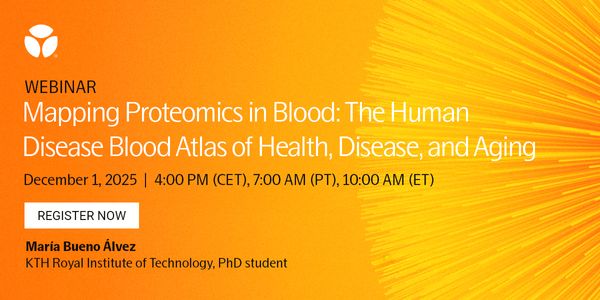The NIH Rare Disease Undiagnosed Diseases Network; Lessons Learnt and Challenges Faced in the First Four Years
-
Liz Worthey, PhD
Faculty Investigator, HudsonAlpha Institute for BiotechnologyBIOGRAPHY
In 2014, the Undiagnosed Diseases Network (UDN), which is funded by the NIH, was established as a network of seven clinical sites, two sequencing cores, and a coordinating center. Later, a central biorepository, a metabolomics core, and a model organisms screening center were added. The aim of the UDN was to provide wider access to cross-disciplinary expertise and to leverage specific advantages of the collaborative network, such as deep subspecialty expertise. The sequencing cores were divided by methodology; the sequencing core at MCW, which subsequently moved to HudsonAlpha made use of WGS, whilst the other core at Baylor College of Medicine (BCM) made use of ES.
The hypothesis set out by the WGS site was that application of WGS would lead to an increase in molecular diagnoses of 25%. This talk will explore whether this hypothesis was proven out and will discuss the challenges faced and lessons learned during the first four years of the UDN.
Learning Objectives:
1. To define the meaning of genomic medicine.
2. To review benefits, challenges, and potential limitations of genomic medicine.
3. To describe the challenges faced when interpreting genomic data.
4. To understand how clinical WGS has a number of applied case example within the rare disease space.
The NIH Rare Disease Undiagnosed Diseases Network; Lessons Learnt and Challenges Faced in the First Four Years
Please update your information
Certificate of Participation
DOWNLOAD CERTIFICATE






